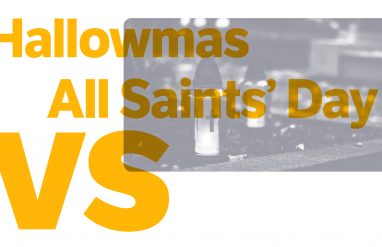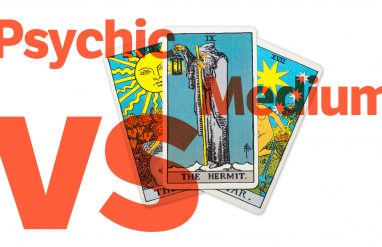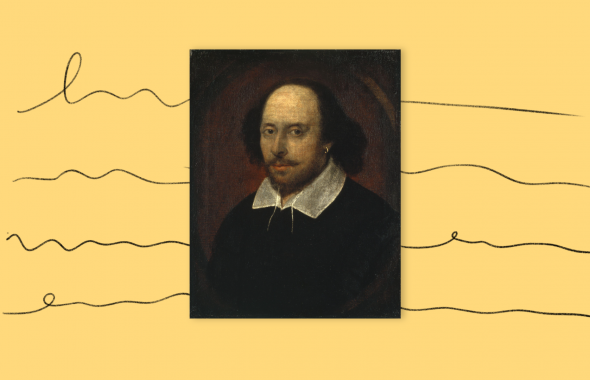To understand when to use that and when to use which, it’s important to keep in mind the difference between restrictive and nonrestrictive clauses. In formal American English, that is used in restrictive clauses, and which is used in nonrestrictive clauses. Not sure what that means? Let’s find out!
How to use that vs. which
A restrictive clause contains information that limits the meaning of a noun and is necessary in a sentence. For example, in the sentence Any book that you like must be good, the clause that you like is restrictive because it identifies which book: the one that you like.
Take a look at the meaning of the sentence if the clause is removed: any book must be good. Without the clause, the meaning of the sentence is altered, and therefore, the clause is needed.
Note that in restrictive clauses, sometimes that can be omitted. Any book you like must be good is also often used, especially in informal settings.
Examples sentences using that
In the following sentences, the precise meaning is altered if each restrictive clause is removed:
- The song that you performed right before intermission is my favorite.
- I think I finally caught a glimpse of the bird that is building a nest in the window.
- Do you remember the name of the book that Carla recommended to us?
A nonrestrictive clause, on the other hand, is used to supply additional information that is not essential to understanding the main point of the sentence. Consider this example: The book, which I found at a dusty used bookstore, was a real page-turner. The clause which I found at a dusty used bookstore is nonrestrictive because it adds extra information, almost like an aside. You could delete the details about the bookstore, and the sentence would still make sense. In this example, which is preceded by a comma; nonrestrictive clauses tend to follow punctuation like a comma, a dash, or parenthesis. Which is only used in restrictive clauses if it is preceded by a preposition.
Example sentences using which
In these examples, the information provided by each nonrestrictive clause is not essential.
- This sandwich, which has my favorite pickles, is delicious!
- Juan’s birthday party, which was going to be held at the park, has been postponed.
- These pairs of pants, which no longer fit me, should be given away.
How to remember whether to use that or which
Luckily there’s an easy way to remember whether to use that or which. If the relative clause contains information that is not essential to the meaning of the sentence, and is also preceded by a comma, a dash, or parenthesis, it’s probably nonrestrictive, so use which. If not, odds are it’s restrictive, so use that.
However, the above distinction is a rule of formal American English, and is not as strictly observed in British English or in informal English of any type.














